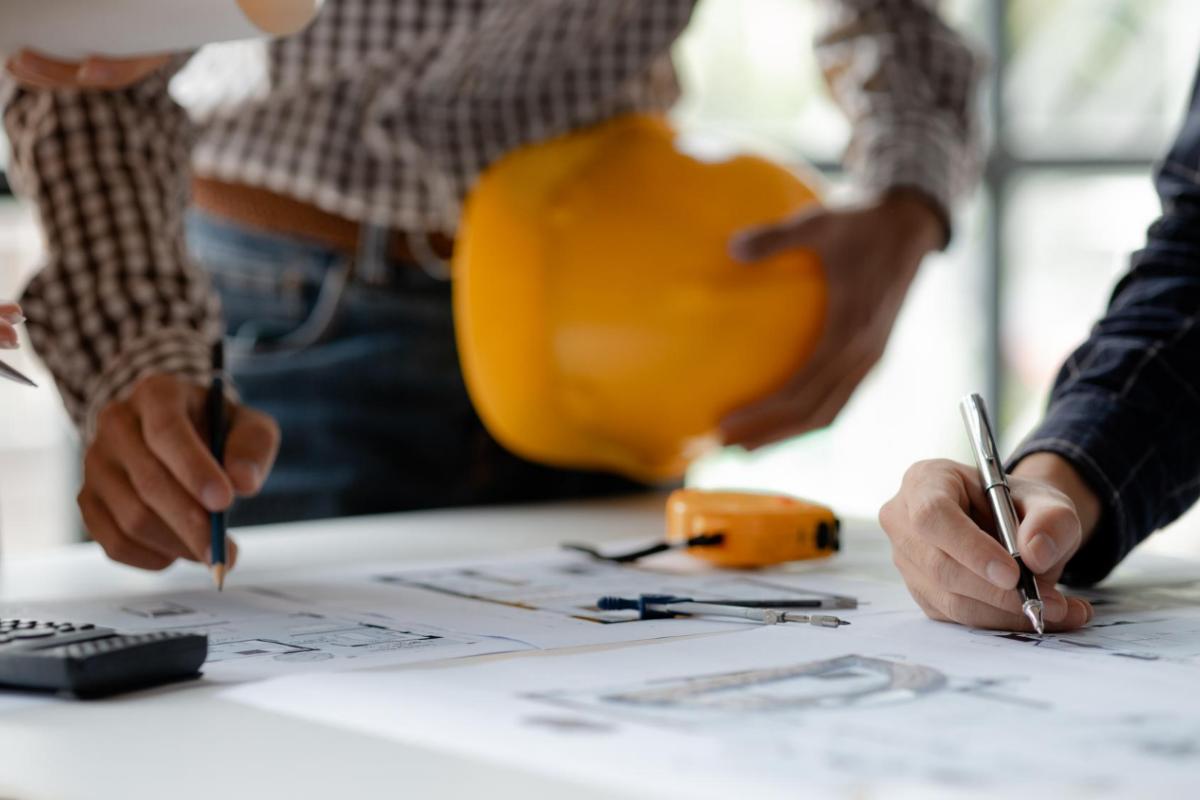Five Factors for Safe and Successful Lab Design

Labs provide scientists and laboratory professionals with a high-tech environment to complete their research and tests. However, an often-overlooked factor in a successful and safe laboratory is the layout or design of the lab itself. Accidents are lowered, labs are more productive, and the transition inside the lab is more optimized and smoother with a well-designed lab floor plan. Also, accidents caused by poor furniture arrangement delay experiments and research. Experts on diagnostic dermatopathology in Pittsburgh, PA, offer these factors to create a successful and safe lab floor plan.
Site visits and pre-planning.
Before buying new lab equipment and furniture or knocking down walls, a lab design company must visit the facility and meet with laboratory managers, scientists, stakeholders, and the design team. These visits help to visualize the limits of the space within the laboratory. In addition, meeting with all laboratory personnel provides essential information on what teams need and the goals for their lab space.
Every group involved with the laboratory visit will provide different perspectives on utilizing the lab setting. Stakeholders play essential roles in funding a lab project, so it is critical to include them for design meetings. Failing to involve stakeholders in the design process often results in long-term problems that effect construction, design, and laboratory use.
Detailed equipment lists.
Compiling a comprehensive equipment checklist during the design process of a customized dermatopathology laboratory is vitally important. You can write down this detailed list during the initial meeting with laboratory personnel and stakeholders. It is vital to do your best to gather as much information from each group involved with the laboratory. This helps the design team decide the exact dimensions of each furniture element and the equipment to go into the laboratory space. Based on the information gathered at the meeting, your design team can then produce a CAD drawing of the space. Experts offer these things that should be on your equipment list:
- Computer workstations
- Chemicals employed in the lab
- Storage cabinets for hazardous materials
- Tabletop material requirements
- Utility and ventilation requirements
- Lab gear dimensions and models
- Lab casework styles
- Laboratory utilities and ventilation.
It is crucial to plan vent systems, electrical wiring, and plumbing. If the lab team requires the disposal of waste or fume hoods, the design team will create a detailed floor plan to help contractors plan around the preferred layout. If this is a laboratory build-out project, having the existing floor plan of utilities, electrical wiring, and ventilation will help laboratory designers adequately set up their design.
Routes for emergency exit.
Laboratory personnel must evacuate quickly from the facility in case of an emergency. Therefore, distinctly identifiable emergency exit routes are necessary for every customized dermatopathology lab. Every lab should have at least two emergency exit routes not obstructed by laboratory equipment or furniture. When designing a proper layout for a laboratory, designers need to keep emergency exit routes in mind.
Flexible design styles
A laboratory can support future changes in layout with modular or flexible furniture systems. Adaptability is an added benefit when using modular casework over more traditional millwork. Traditional laboratory casework tear-out and recycle styles are obsolete with this type of system. Traditional fixed casework costs 25% less than modular and flexible furniture, but you will extend long-term use. Consult with your team to decide if this investment is the right solution for your lab facility.
Successful laboratory design requires considerations for safety and developing a well-designed floor plan for the work that you will do within the lab. Contact us today for information on diagnostic dermatopathology in Pittsburgh, PA.
Contact
Location
440 William Pitt Way
Pittsburgh, PA 15238
OFFICE HOURS
Monday-Friday: 8am-5pm
Saturday & Sunday: Closed
PHONE & FAX
(800) 786-3054 - Toll Free
(412) 968-9266 - Local
(412) 968-5673 - Fax
